Pressure canning salsa is a great way to preserve your fresh garden harvest and enjoy homemade salsa all year round. Unlike water bath canning, which is suitable for high-acid foods like jams and pickles, pressure canning is necessary for low-acid foods like salsa to prevent botulism, a potentially fatal form of food poisoning caused by a toxin-producing bacterium.
It's tomato season and what better way to use up fresh tomatoes from your garden is by making fresh salsa with it!
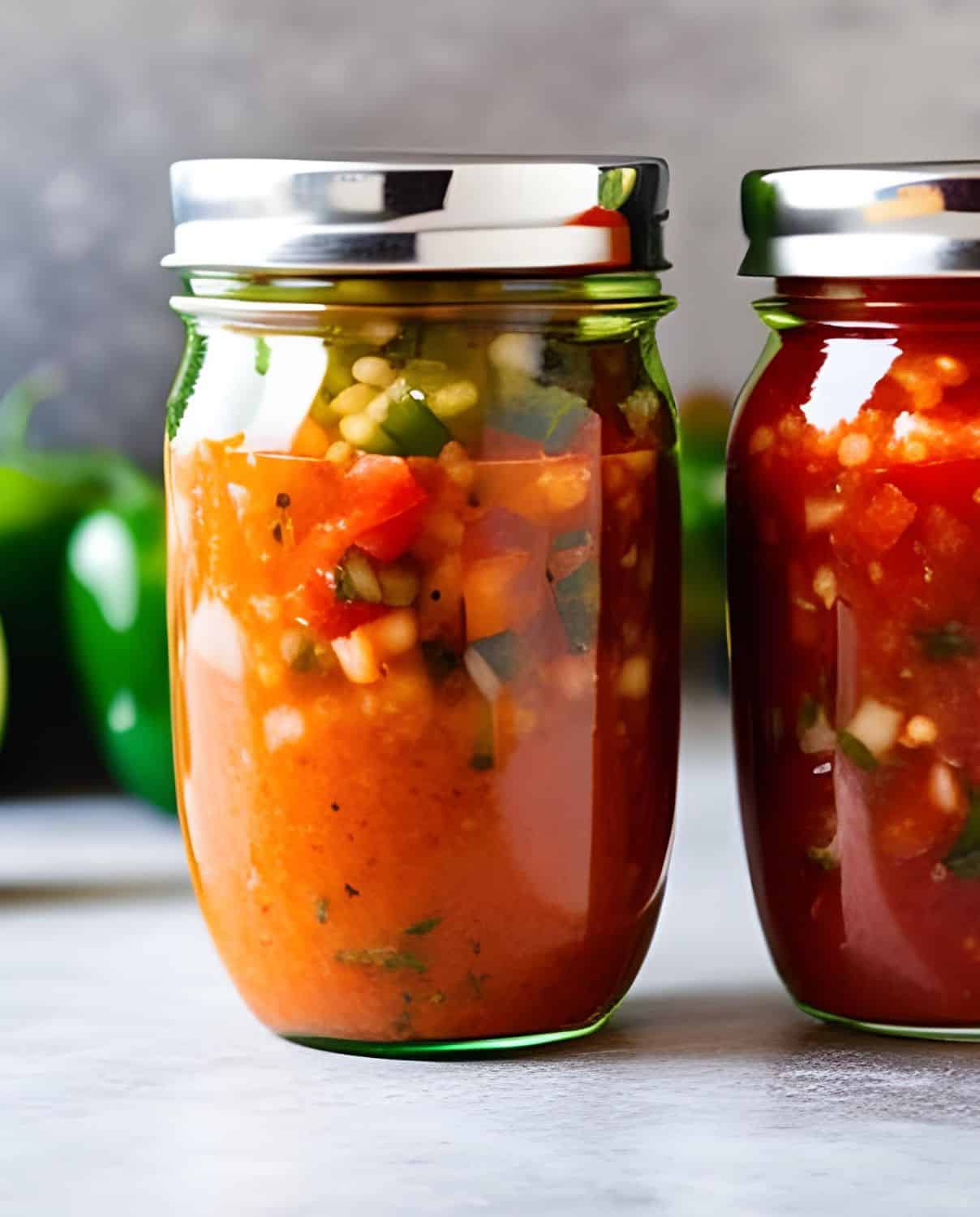
If you love preserving food try Pressure Cannings Potatoes, Freezer Apple Pie Filling, or Anna's Orange Marmalade.
Jump to:
What Equipment do I need?
To pressure can salsa, you'll need a pressure canner, which is a special pot with a locking lid and a pressure gauge that allows you to control the pressure and temperature inside the pot. You'll also need clean canning jars, lids, and bands, as well as fresh ingredients for your salsa.
Why You Will Like Pressure Canning Salsa
In conclusion, pressure canning salsa is a safe and easy way to preserve your garden bounty and enjoy homemade salsa all year long. By following a tested recipe and using proper canning techniques, you can ensure the safety and quality of your canned salsa for yourself and your loved ones. So go ahead and give it a try – you'll be glad you did!
Ingredients Needed
- Chopped tomatoes - Tomatoes are commonly used in dishes such as salads, pasta sauces, and soups. They can be eaten raw or cooked, and they come in a variety of colors and sizes. Some popular types of tomatoes include beefsteak, cherry, Roma, and heirloom.
- Chopped onions - use either yellow or white
- Chopped green bell peppers - Bell peppers, also known as sweet peppers, are a type of vegetable in the nightshade family. They come in various colors, such as green, red, yellow, and orange, and have a crisp texture with a mild, sweet flavor.
- Chopped jalapeno peppers - for some extra spice
- Apple cider vinegar is a type of vinegar made from fermented apple juice. It is produced by crushing apples and extracting the liquid.
- Bottled lemon juice is a convenient alternative to fresh lemons. It is a common ingredient in many recipes, from salad dressings to baked goods.
- Sugar - Or regular granulated sugar, I do not use sugar substitutes in any of my recipes but if you know the conversions feel free to do so
- Cumin is a member of the parsley family. It is a dried seed that is made from a plant called Cuminum cyminum.
- Chili powder - Is a blend of mixed red chilis that have been dried up and pulverized until it resembles powder. Sometimes other spices like cumin and paprika.
- Garlic powder - is made from dehydrated garlic cloves and like the chili powder above it gets pulverized into a powder or flour consistency.
- See the recipe card below for a full list of ingredients and measurements.
Recipe Tip: The best type of vegetables for canning always come fresh from your garden or go to a farmer's market and get the vegetables there!
How to Pressure Can Salsa
To make salsa for canning, start by washing and chopping your fresh vegetables, such as tomatoes, onions, peppers, and garlic. You can also add other ingredients like cilantro, lime juice, and spices to customize your salsa to your liking. Be sure to follow a tested recipe that has been approved for pressure canning to ensure the right balance of ingredients and safety.
Once you've prepared your salsa, fill your clean canning jars with the mixture, leaving about ½ inch of headspace at the top of each jar. Wipe the rims of the jars with a clean, damp cloth to remove any residue or air bubbles, and place the lids and bands on top, tightening the bands just until they are snug.
Next, fill your pressure canner with the recommended amount of water, according to your canner's instructions. Place your filled jars in the canner, making sure they are not touching each other or the sides of the canner. Close the lid and lock it securely, and adjust the heat to high until the pressure gauge reads the recommended pressure for your altitude.
Once the canner reaches the recommended pressure, start the timer according to your recipe and altitude, and maintain the pressure and temperature for the specified time. When the time is up, turn off the heat and let the canner cool down naturally, without opening the lid or trying to speed up the process. This can take up to an hour or more, depending on the size and type of your canner.
Once the canner has cooled down and the pressure gauge has returned to zero, carefully remove the lid, taking care to avoid any steam or hot water that may be inside. Use a jar lifter to remove the jars from the canner and place them on a towel-lined surface to cool. As the jars cool, you'll hear a popping sound as the lids seal and create a vacuum, which is a good sign that your salsa has been properly canned.
After the jars have cooled completely, check the seals by pressing on the center of each lid. If the lid is firm and does not pop back, the jar is sealed and safe to store. If the lid pops back, the jar is not sealed and should be refrigerated and used within a few days. Label your canned salsa with the date and contents, and store it in a cool, dark place for up to a year.

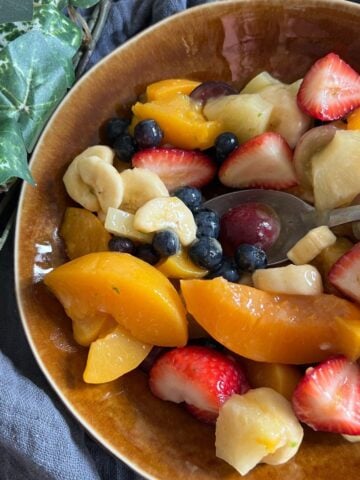
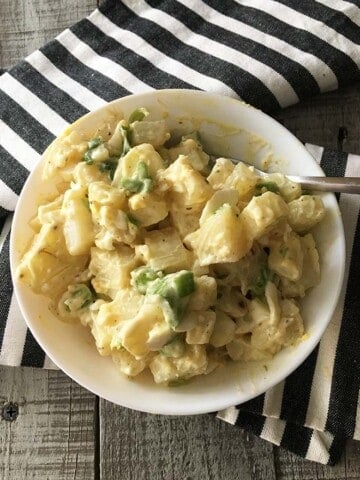
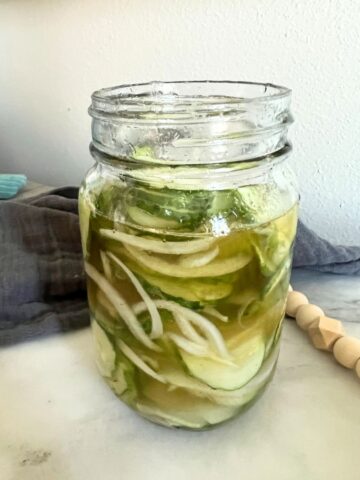
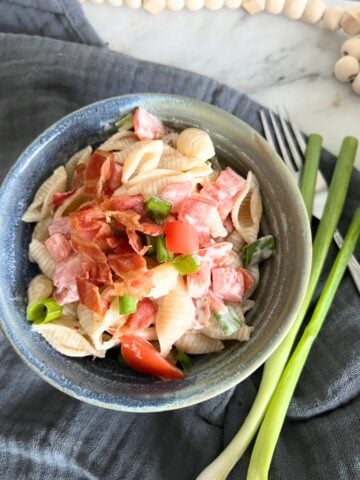
Leave a Reply